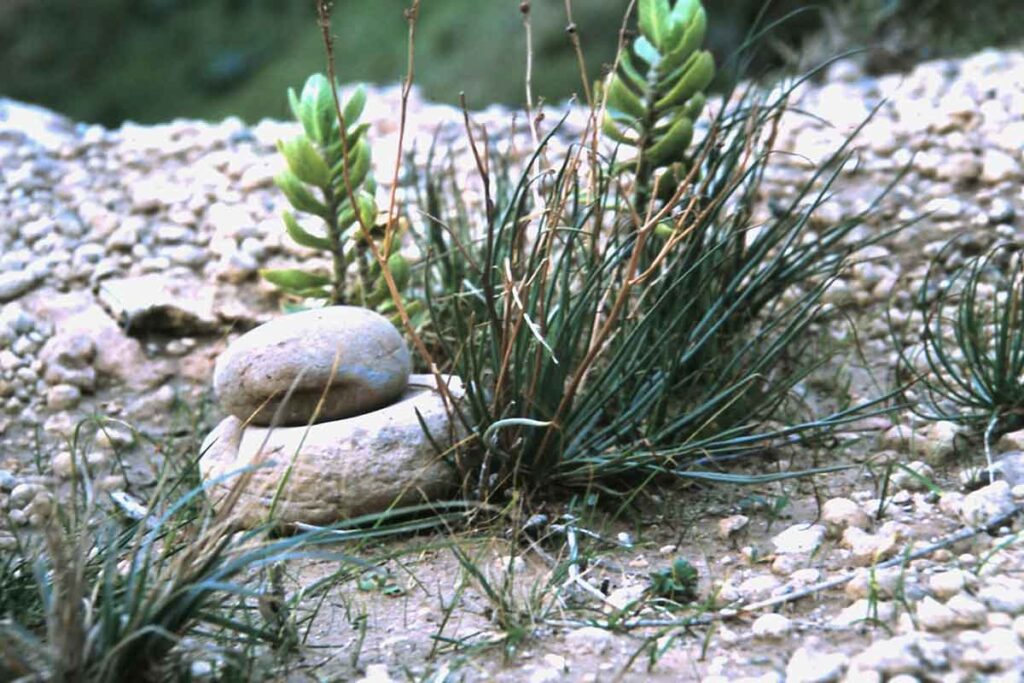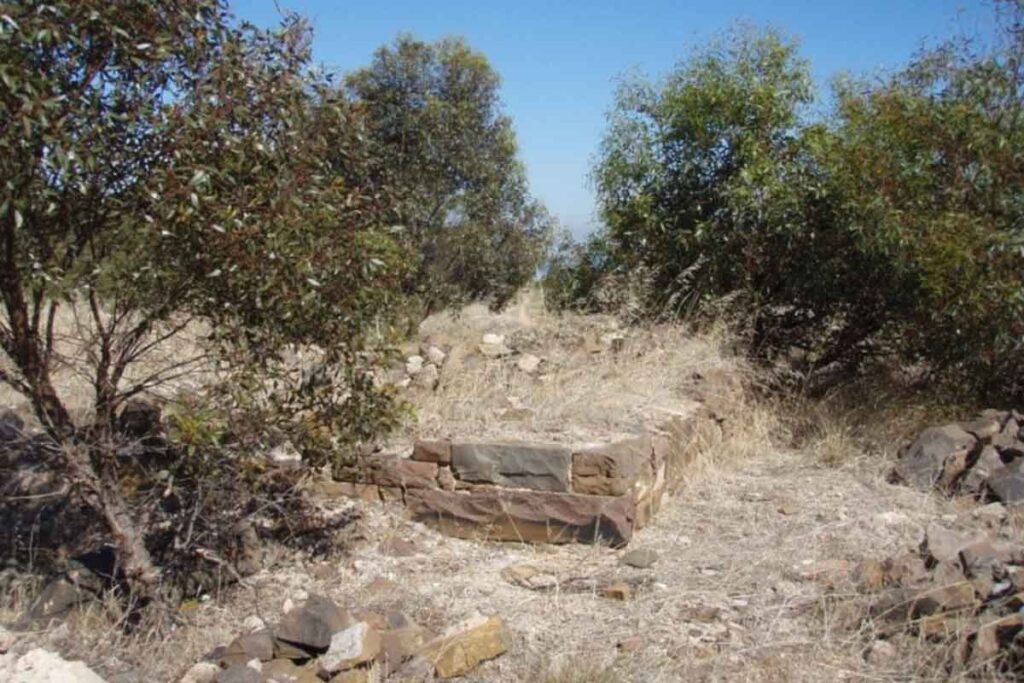HISTORY
The area was previously inhabited by Aboriginal groups for tens of thousands of years. The Aboriginal camping area at Hallett Cove covers many (hectares), and is the largest and possibly the oldest in the vicinity of Adelaide (Cooper, p.24). The large number and range of stone implements found at the site indicate a long period of Aboriginal occupation.
Large and crude stone implements lay on an old land surface buried beneath marine sediments of younger age, confirming they belonged to the ancient Kartan Culture. The most recent occupants were the Kaurna Tribe. These implements are now housed at the South Australian Museum.
The Park was named after John Hallett, who arrived in South Australia on 6 November 1936 in the 316 ton barque, Africaine.

From colonisation until the 1960s, the area was farmed and grazed. For a short time, mining occurred nearby. The precious geological significance was realised by Professor Ralph Tate in 1877, when he discovered glacial striations, or scratching, along the exposed siltstones of the coastal cliff tops. It was later revealed that these markings were made by the extensive Permian ice sheet that covered much of Gondwana, the Southern Hemisphere supercontinent, 270 million years ago.
During the two decades up to 1976, fierce community lobbying, involving all levels of government, culminated in the declaration of the 51 hectare Conservation Park and saved the area from destruction through urban development. Present and future generations will now benefit scientifically and recreationally from those efforts.

Further reading
Cooper, H M et al (1970): Hallett Cove, a Field Guide, South Australian Museum, Adelaide
Giesecke, R (Ed., 1999): A Field Guide to the Geology of Hallett Cove, Field Geology Club of SA
Dolling, A (1981): The History of Marion on the Sturt, Peacock Publications
Hallett Cove Conservation Park Management Plan (Amended 2017) Management Plan 2017
